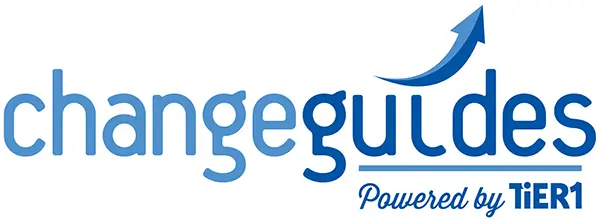A Simple Word – “Thanks”
When many of us in the US are getting ready to hunker down with family and friends to enjoy our Thanksgiving holiday, it is a great time to think about giving thanks at work.
It’s so easy to forget to say thanks. We are all busy. There are a million things going on. We expect people to do their job and get on with it. But just showing someone a little appreciation now and then can mean the difference between a “punch the clock” mentality and a committed and engaged co-worker.
Leaders are often trying to figure out the best ways to incent people to do their best. Of course they talk a lot about money. And money is certainly nice. But when leaders just take the time to show some true and honest appreciation for the work people do, the sacrifices they make, and the extra effort they spend…. they are always surprised by what a difference it makes in the outputs they see.
And saying thanks is not just on the shoulders of the boss. We should all thank our peers for their support, their ideas, and their companionship. And we should even thank our boss for what they do.
You likely spend more waking hours with your co-workers than you do with your family and friends. These people are like your family. Like it or not, you are in this together. You are a team. You are there to catch each other if someone falls. You are there to catapult each other over the wall. If any one person in your organization fails, the entire organization suffers.
Be grateful for each other. And tell each other “thanks”. People will appreciate it. And so will you when they thanks back.
